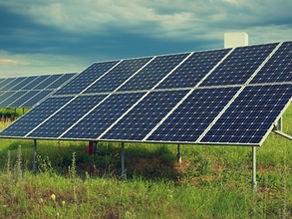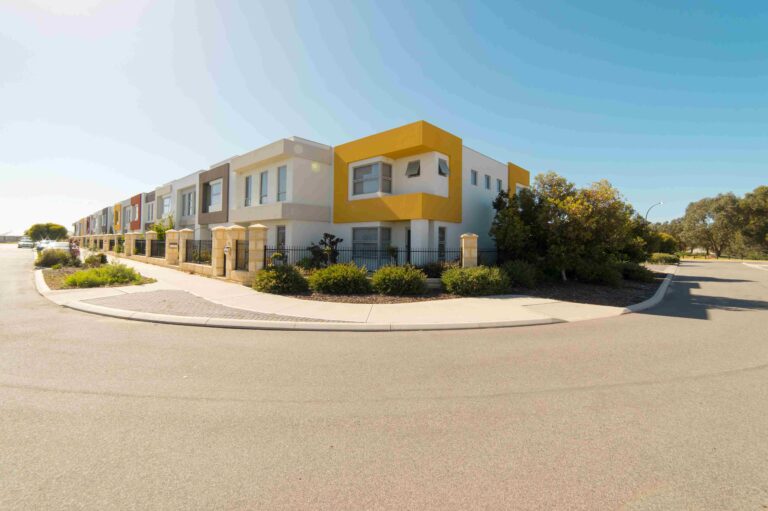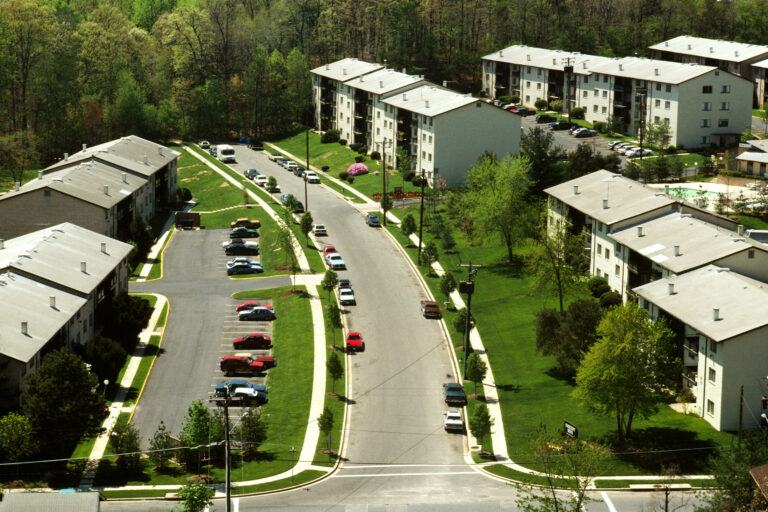
Perhaps due to the sunny weather here in Georgia – we get around 110 sunny days every year – our state has become a leader in the solar power industry, coming in at 7th in the United States for solar usage. We’re home to the Western hemisphere’s largest plant for the assembly of solar panels. There is enough land throughout Georgia dedicated to solar farming that it could power over 700,000 homes, and in fact 6% of all electricity used in the state is solar.
What does all of that have to do with vegetation management? Well, a percentage of that power comes from panels installed in urban areas, and you or your neighbors may have panels on the roofs of residential homes. But the majority of that solar energy comes from solar farms.
Why do solar farms need vegetation management?
Most solar farms stretch for hundreds of acres, and because this type of farming doesn’t require the same kind of annual care that crops, for example, would need, it can be easy to let vegetation issues go unnoticed until it’s too late. However, in a place like Georgia, where mild weather and frequent rainfall mean plants flourish for most of the year, it’s important to consider the way vegetation might affect a solar farm.
Vegetation Overgrowth
In Georgia, invasive species like kudzu, Japanese honeysuckle, and privet can quickly overtake any stretch of land if not managed properly. These plants are notorious for their aggressive growth and ability to smother other vegetation, creating a monoculture that threatens the ecological balance of the area. Kudzu, in particular, is a major concern as it can grow rapidly. Georgia’s weather is another factor; plants thrive here, and it doesn’t take long for them to get out of control.
Efficiency and Integrity
The main goal of a solar farm is, of course, to turn sunlight into power. Overgrown weeds and grasses can cast shadows on the panels, reducing their exposure to sunlight and thus interfering with the farm’s efficiency. Additionally, this overgrowth can increase maintenance costs due to the need for more frequent cleanings and potential repairs caused by vegetation-induced damage.
Vegetation overgrowth poses additional risks to the physical structure of solar panels and surrounding fence lines. If left unchecked, invasive plants can overwhelm the panels, leading to costly repairs and even temporary shutdowns of parts of the farm.
Increased Longevity
Consistent vegetation management is essential for extending the lifespan of a solar farm. Regular maintenance can prevent the overgrowth that leads to wear and tear on equipment. This proactive approach reduces the need for costly repairs so that the farm can operate more effectively and for a longer period.
What are effective strategies for vegetation management on solar farms?
When you hire Ground Force for effective vegetation management on a solar farm, we’ll approach the job with a combination of targeted herbicide use and manual maintenance.
We’ll start by using herbicides to get rid unwanted weeds and invasive species while preserving beneficial low-growing grasses that do not interfere with solar panels but do help maintain ecological balance. Plus, these grasses help to prevent soil erosion, which can also help with the continued and uninterrupted operation of the equipment. We also provide periodic manual trimming and brush removal. With these manual management strategies, we can deal with any vegetation missed by herbicides.
Where can I find professional vegetation management for solar farms in Georgia?
For professional vegetation management tailored to the needs of solar farms in Georgia, consider getting in touch with our team at Ground Force. Our expert team uses eco-friendly practices to manage vegetation effectively, to help keep solar farms running and Georgia’s lights on. Contact us today to learn how we can help keep your solar farm in top condition – just call us at 706-705-2704!



